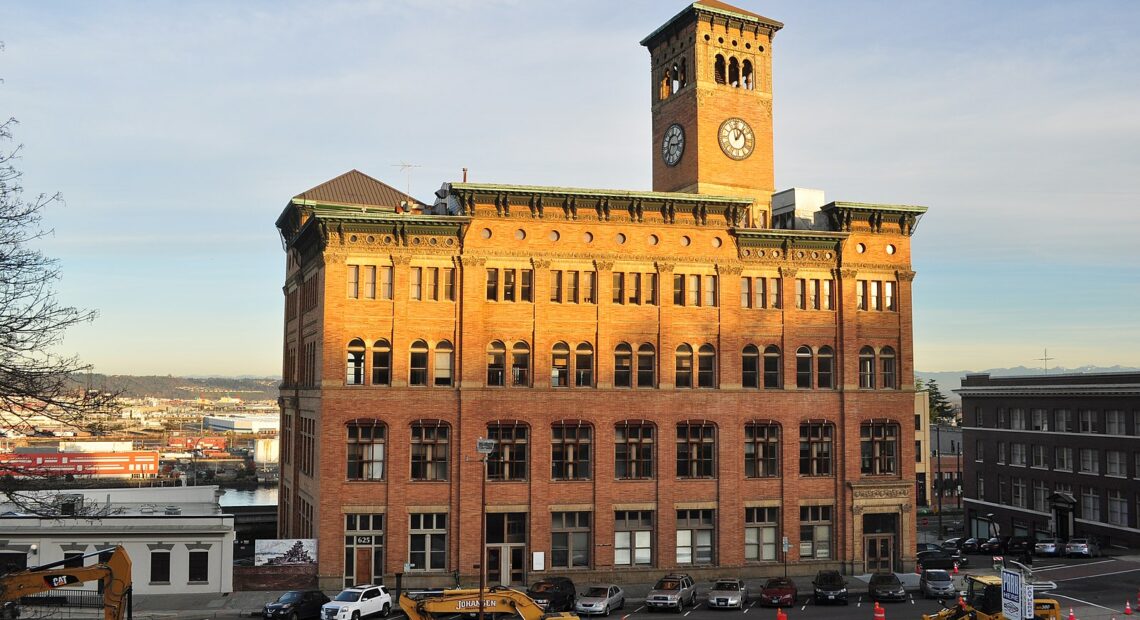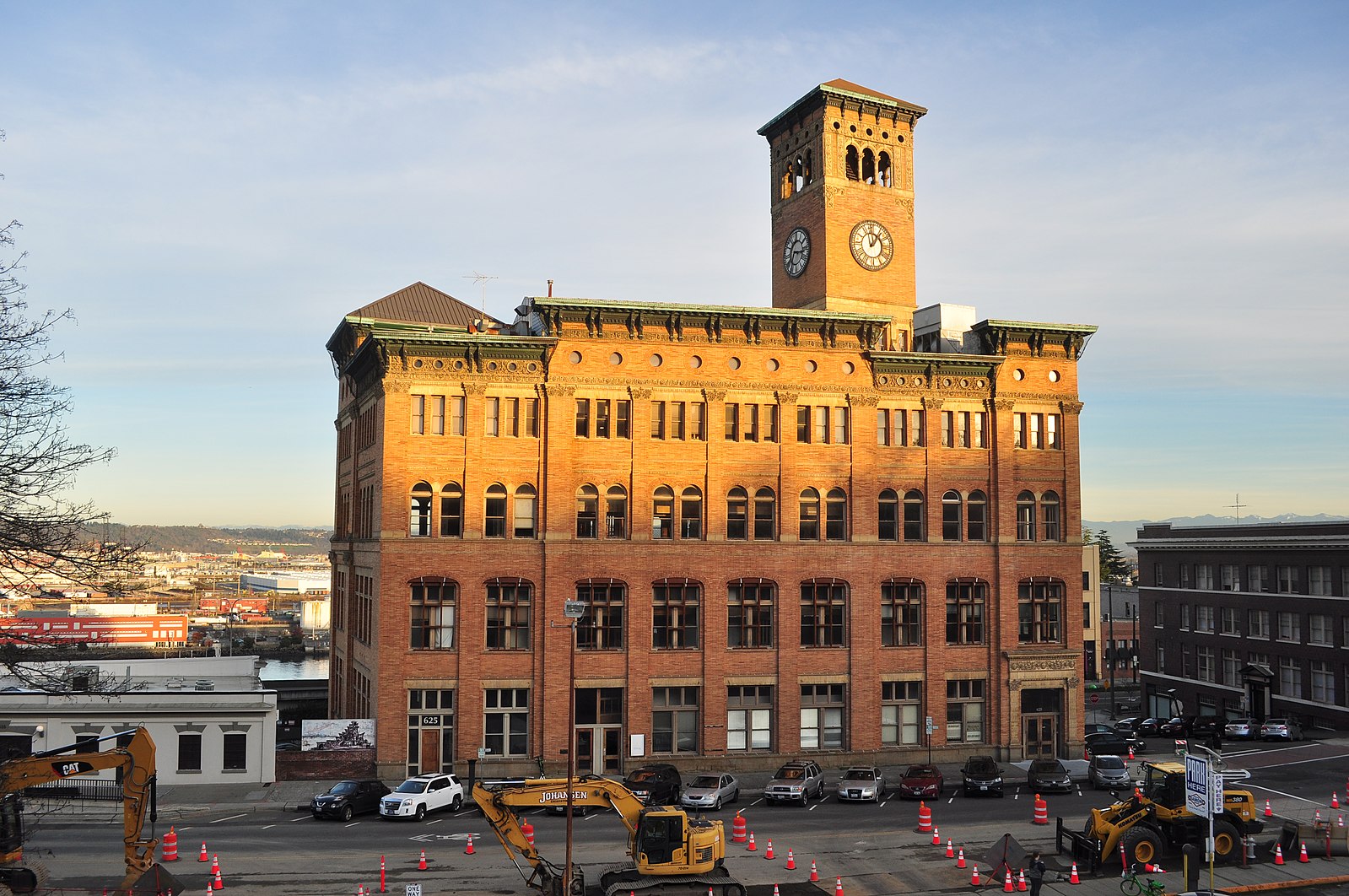
Tacoma is facing a $10-12 million funding gap for homeless shelters
Listen
(Runtime 0:53)
Read
The City of Tacoma is facing a gap in funding, a gap equal to paying for 307 beds in emergency shelters set up across Tacoma.
Tacoma and other area municipalities have recently enacted restrictions or bans on homeless encampments.
So where are people experiencing homelessness supposed to go, if the city is unable to fund these shelters?
“That’s the question,” said Caleb Carbone, the homeless strategy systems and service manager in the city’s Neighborhood and Community Services program. “And that’s something for [city] council to consider, as they’re thinking about how they can create a budget that’s sustainable and how we can support them, with letting them know, ‘what is the need?’”
Carbone said with the needs the city currently has, there will be a $10-$12 million shortfall.
“We haven’t seen a significant decrease enough to be able to suggest that we’re not going to need these dollars or the shelters moving forward,” Carbone said.
Where does this gap come from?
The budget drop comes from the loss of American Rescue Plan Act funding. That money was a one-time federal investment. The city used the windfall for new services to address identified needs during the pandemic. The city has found that the need for those services still exists.
“We’re recognizing that these needs will likely be out there,” said Katie Johnston, budget officer for the city, “and not funding them would mean a fairly heavy loss of services.”
The money came from that ARPA one-time investment, so those funds won’t be there in the 2025-26 biennium — and that is why the city is facing the deficit.
“I can just tell you that when we look at the city’s general fund budget, I’m not sure that it will be sustainable to find cuts in other services and programs to offer this, fully,” Johnston said, in reference to the temporary emergency shelters.
“To continue them, that’s then a commitment that we need to make and address, in addition to these structural issues that we have,” Johnston said.
By structural issues, Johnston is referring to the fact that the city’s expenses grow more than revenues do. On average, the city’s revenue grows by 3.5% each year, but expenses grow 5%. Having a deficit is by no means rare for the city — in the 2023-24 budget, the city approved and filed a $24 million deficit.
Carbone said his office wants council members to talk with congressional leaders and state legislators about funding these community needs in a more sustainable, big-picture way.
“Partly, we’d love our council to be able to have those conversations at a higher level,” Carbone said. “It is not in the city’s interest to be decreasing shelter need, unless the need is not there.”
According to the weekly shelter update for Oct. 2, 512 individuals were currently using city-funded temporary and emergency shelters. In those shelters, there were 30 beds available.
















